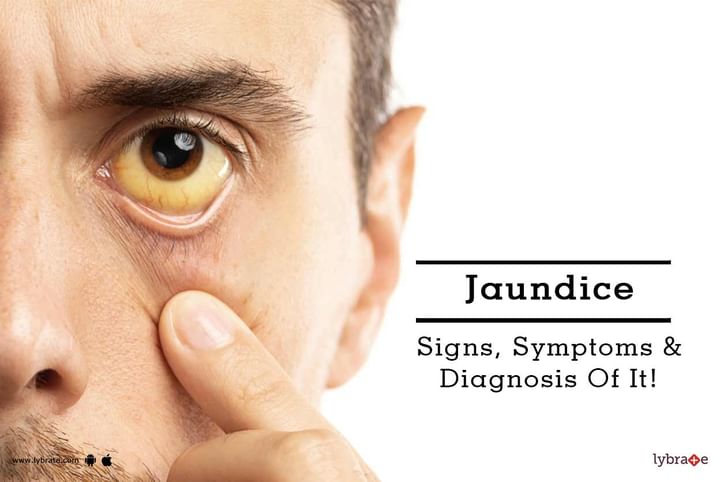Jaundice - Signs, Symptoms & Diagnosis Of It!
Jaundice is a medical condition, which is characterized by the yellow coloring of the skin and eyes. It generally occurs when there is an excess of bilirubin in your system. Bilirubin is a yellow pigment formed in the liver by the breakdown of red blood cells. It normally gets discharged by the liver along with other dead red blood cells. So if you are suffering from jaundice, it usually indicates that you have some serious problems regarding the functioning of your liver, pancreas, or gallbladder.
Signs and symptoms:
Signs and symptoms commonly associated with jaundice include:
- Yellow-tinted eyes and skin
- The whites of your eyes may turn orange or brown in color
- Dark urine
- Pale stools
- High fatigue and vomiting (in severe cases)
Causes:
Jaundice, as mentioned above, occurs when there is an excess of bilirubin and the liver is incapable of metabolizing it along with the old red blood cells. It is more common in infants than in adults, because their livers are not fully developed. However, it is also a frequent occurrence in adults and could be a potential sign of any of the following problems:
- Liver infection
- Scarring of the liver, or cirrhosis
- Hepatitis
- Alcohol abuse
- Liver cancer
- Gallstones
- Pancreatic cancer
- Blood disorders, like hemolytic anemia
- Parasites in the liver
- Abnormal reactions to or overdose of medication
Diagnosis:
Diagnostic tests may include:
- Jaundice is diagnosed primarily by taking blood tests, to help measure the amount of bilirubin as well as to trace the presence of other diseases like Hepatitis.
- Liver function tests in order to make comparisons between levels of certain proteins and enzymes when the liver is in good shape and when it is damaged.
- Liver biopsies, where samples of liver tissue are first extracted and later examined under a microscope.
- Imaging studies, consisting of abdominal ultrasounds, computed tomography scans and magnetic resonance images (MRI) tests.



+1.svg)
